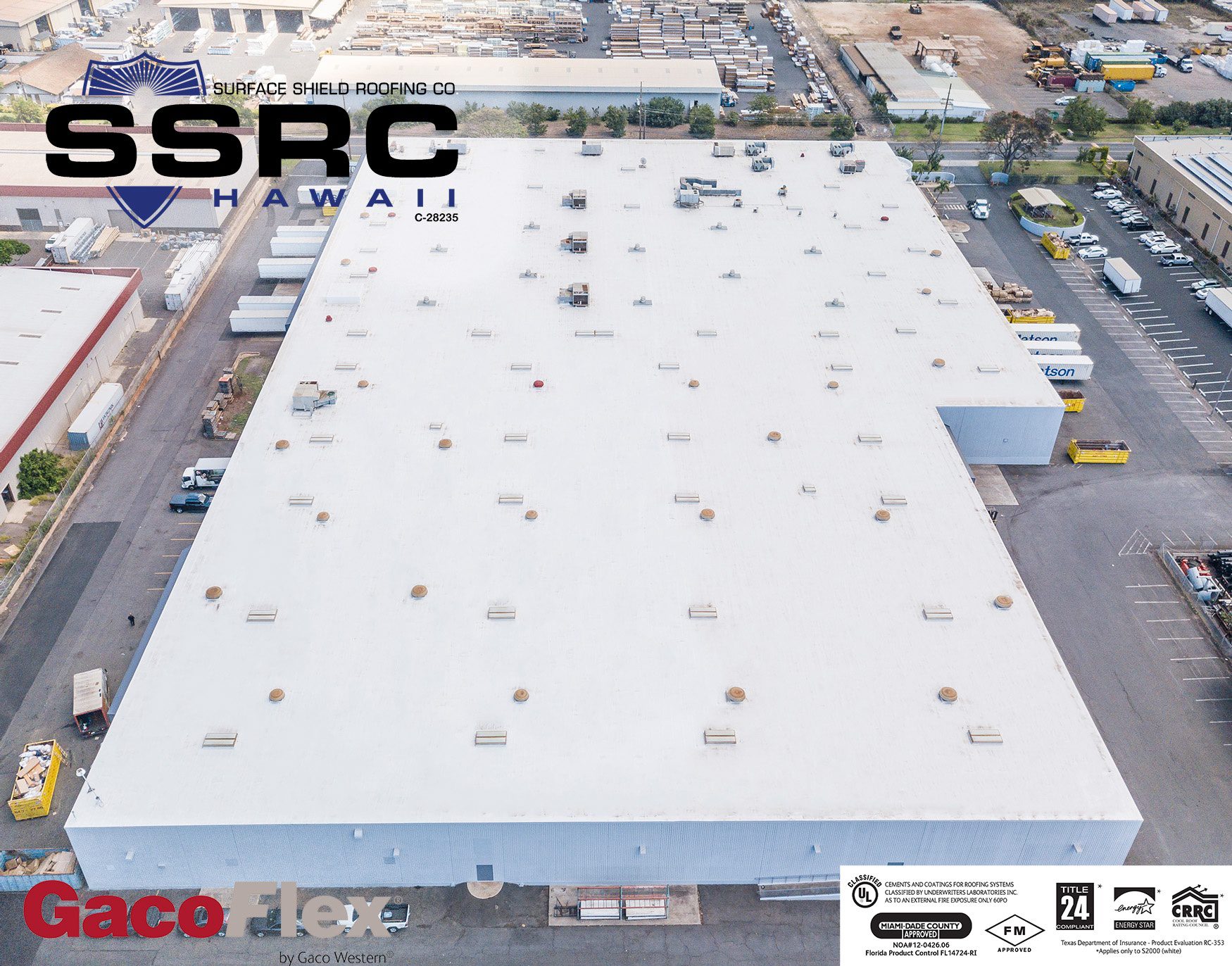As a business owner or property manager, dealing with unexpected emergencies is an unavoidable part of your responsibilities. A roof leak is one such emergency that can significantly impact your commercial property. Addressing a commercial roof leak promptly minimizes damage and protects your investment.
Read on for a step-by-step guide on what to do in the case of an emergency commercial roof leak.
1) Assess the Situation
Upon discovering a commercial roof leak, it’s important to remain calm and assess the situation. Take the following steps:
Ensure Safety
If water is dripping near electrical equipment, turn off the power to that area to avoid potential hazards.
Identify the Leak Source
Look for visible signs of water, such as stains, bulges, or dripping water. This information will be valuable when communicating with roofing professionals.
2) Contain the Leak
To minimize water damage to the interior of your commercial property, take immediate action to contain the leak:
Place Buckets or Containers
Position buckets or containers strategically to collect dripping water. This simple measure can prevent further damage to flooring, equipment, or inventory.
Protect Valuables
If possible, move valuable items, documents, or electronics away from the affected area to a safe location within your premises.
Use Tarps or Plastic Sheets
Temporarily cover affected areas with tarps or plastic sheets to prevent water from spreading and causing additional damage.
3) Contact a Professional Roofing Contractor
Addressing a commercial roof leak requires the expertise of professional roofing contractors. Time is of the essence, so follow these steps when contacting a roofing professional:
Seek Recommendations
Reach out to trusted business contacts, local business associations, or online reviews to find reputable roofing contractors with emergency services.
Communicate the Urgency
Clearly convey the severity of the situation and emphasize the need for immediate assistance due to the emergency nature of the leak.
Provide Relevant Information
Share details about the location, size, and any visible damage associated with the leak. This information will help the contractor prepare adequately.
4) Document the Damage
Before the roofing contractor arrives, document the leak and any resulting damage:
Take Photographs
Use your smartphone or camera to capture images of the affected areas, including visible water damage, interior leaks, and any compromised structures.
Compile Records
Make notes of the date, time, and a detailed description of the leak and associated damages. These records will be valuable for insurance claims or any legal requirements.
5) Mitigate Further Damage
While waiting for the roofing contractor, take precautionary measures to mitigate further damage:
Clear Drainage Systems
Remove debris or clogs from gutters, downspouts, and drains to ensure water can flow freely off the roof.
Move Unaffected Items
If adjacent areas or inventory are at risk of water damage, relocate them to a safe location within your commercial property.
Limit Interior Moisture
Use dehumidifiers or fans to circulate air and help dry out affected areas. This can prevent mold growth and minimize long-term damage.
Addressing commercial roof issues as soon as they arise is essential and can save costly repairs in the future. It’s best to consult a professional roofing contractor who can provide the necessary expertise and support to ensure your roof is in good condition. The experts at Surface Shield Roofing Company can help you sort out all your roofing issues. Contact us for a quick consultation.

